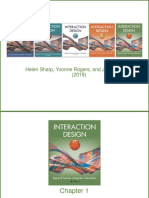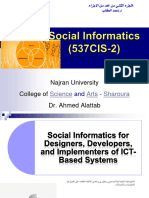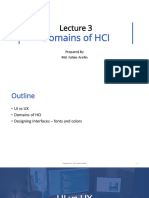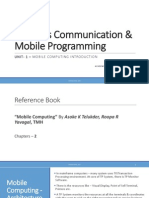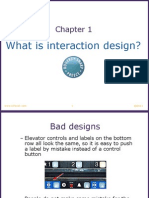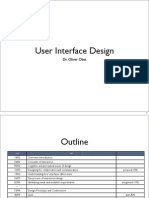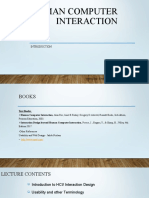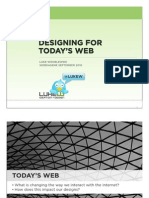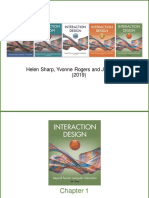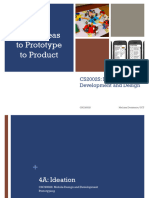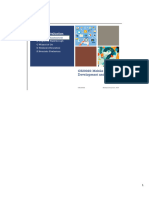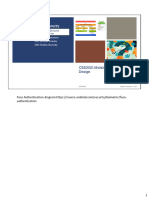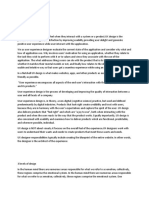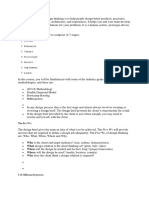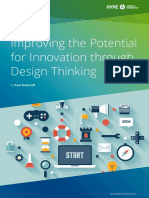0% found this document useful (0 votes)
65 views37 pagesMDD01 Intro
This course provides an overview of mobile development and design. It will cover topics like mobile operating systems, UI design for mobile, input and visualizations, and coding apps. It focuses on interaction design for mobile apps and considers inclusive design for diverse contexts. The instructor's research involves co-designing technology with communities to support maternal and child health.
Uploaded by
jack.johnson.jj1234Copyright
© © All Rights Reserved
We take content rights seriously. If you suspect this is your content, claim it here.
Available Formats
Download as PDF, TXT or read online on Scribd
0% found this document useful (0 votes)
65 views37 pagesMDD01 Intro
This course provides an overview of mobile development and design. It will cover topics like mobile operating systems, UI design for mobile, input and visualizations, and coding apps. It focuses on interaction design for mobile apps and considers inclusive design for diverse contexts. The instructor's research involves co-designing technology with communities to support maternal and child health.
Uploaded by
jack.johnson.jj1234Copyright
© © All Rights Reserved
We take content rights seriously. If you suspect this is your content, claim it here.
Available Formats
Download as PDF, TXT or read online on Scribd
/ 37








